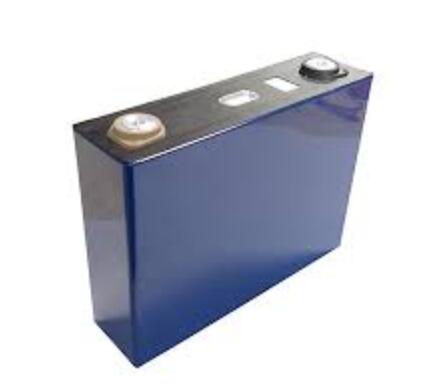What is Lithium manganese iron phosphate battery?
The lithium manganese iron phosphate (LiMnFePO4 or LMFP) battery is a type of lithium-ion battery that uses manganese, iron, and phosphate as the cathode material.
Here’s a breakdown of the key components
Cathode (Positive Electrode): The cathode material is composed of lithium manganese iron phosphate (LiMnFePO4). This combination of metals offers good stability, safety, and thermal performance.
Anode (Negative Electrode): The anode is typically made of graphite or other carbon-based materials.
Electrolyte: The electrolyte in lithium manganese iron phosphate batteries is usually a lithium salt dissolved in a solvent. It facilitates the movement of ions between the cathode and anode during charging and discharging.
Separator: A separator keeps the cathode and anode from coming into direct contact, preventing short circuits while allowing the flow of ions.

Key advantages of lithium manganese iron phosphate batteries include
Safety: They are considered safer than some other lithium-ion battery chemistries, such as lithium cobalt oxide, as they are less prone to thermal runaway and overheating.
Stability: These batteries offer good thermal stability, which is crucial for safety and longevity.
Cycle Life: Lithium manganese iron phosphate batteries can have a long cycle life, making them suitable for applications where frequent charging and discharging are required.
Cost: They are often more cost-effective than some other lithium-ion batteries, making them attractive for certain applications.
These batteries are commonly used in applications such as electric vehicles, renewable energy storage systems, and power tools. However, it’s worth noting that different lithium-ion chemistries have specific advantages and limitations, and the choice of battery depends on the specific requirements of the application.
